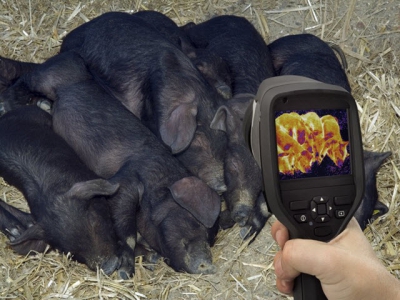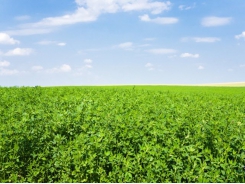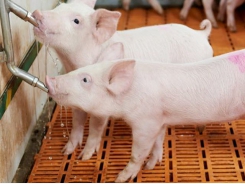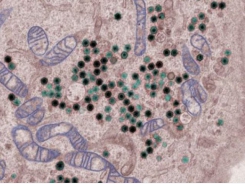ASF outbreak brings challenges, opportunities for US feed producers

The outbreak of African Swine Fever in Asia may bring both challenges and opportunities to US feed producers as export demand dwindles initially and livestock producers seek to fill animal protein demands, says analyst.
CoBank’s Knowledge Exchange examined the potential repercussions for US feed exports and use stemming from the ongoing outbreak of African Swine Fever (ASF) in China and other parts of Asia in a new report.
The loss of swine from the disease in China and throughout affected parts of Asia is expected to mean a shortfall in animal protein production in those regions and reduce US feed exports.
CoBank wanted to assess the implications of the ASF epidemic on the US feed and livestock industry.
Will Secor, economist focused on grain, oilseed and farm supply with CoBank, told us: “A lot of the discussion has been just trying to figure out what’s going on in China and the rest of Southeast Asia where African Swine Fever is the major issue affecting not just them, but is having major ripple effects. We’re trying to figure out what’s going on in China, and what we wanted to do with this report was take an approach that looks specifically at the US animal protein and feed sectors."
Overall, the authors expect the US animal protein production sector to benefit from increased export demand. However, they anticipate that the exports of US feed products will decline due to the reduction in the swine herd in China and other regions affected by the disease.
However, there also will be some offsetting effects globally and within China, said Secor.
“The rest of the world will also get involved as the sheer scale of the industry in China is staggering. China produced around 55m metric tons of pork in 2018, that’s about half of all world pork production, and the US produced about 12m metric tons that year,” he said.
The official figures from China show that its hog herd is down about 21% and pork production down a similar number.
"If we see pork production there decline around 25% production, that will be roughly similar to all of US pork production disappearing from the global pork production equation.
“The breathtaking scale means there is not enough meat production around the world to fill that gap."
Feed use and market forces
The reduction in China’s swine herd is expected to spur increased production of other animal proteins including poultry, fish and cattle, said Secor.
Feed mills and soy crushers focused on supporting domestic production will likely see some benefit from the situation, he said. “Some 75% of our soybean meal typically stays domestically,” he added.
Additionally, feed producers in areas like the southeastern US or that have closer ties to hog and poultry producers could see increased demand in the short term, said Secor. “They probably would be ones who could take advantage of any kind of price runup that the US is going to be seeing and stronger exports,” he added.
“When we look at elevators that have more export exposure, such as those in the Dakotas that were already hit by the trade dispute and now that they are getting hit with weaker demand overall, they would be the most impacted."
However, even for such mills, there could be opportunities depending on their flexibility, he said. “If they have the ability to meet domestic demand increases they’ll still be able to take advantage or to mitigate some of the demand loss."
Long-term considerations
One possible longer-term implication of ASF outbreak is that as China rebuilds its hog production system it will move increasingly toward a production system favoring larger, more modern producers, said Secor.
The industry currently uses a feed ration higher in protein than producers in the US use, he said. As China revises production systems post epidemic, it may alter its feed use to lower the amount of protein included, which could alter the demand for soybean meal.
“The shift we’re going to be looking for long term as they start to rebuild that herd is the move away from the backyard [production] and to more commercial [farming],” he said. “Within the commercial realm [they could] move from a high protein feed ration to a more standard ration, containing 13% crude protein.”
Related news
Tools

Phối trộn thức ăn chăn nuôi

Pha dung dịch thủy canh

Định mức cho tôm ăn

Phối trộn phân bón NPK

Xác định tỷ lệ tôm sống

Chuyển đổi đơn vị phân bón

Xác định công suất sục khí

Chuyển đổi đơn vị tôm

Tính diện tích nhà kính

Tính thể tích ao




 Pigs help scientists understand human brain
Pigs help scientists understand human brain  ASF vaccine research takes step forward
ASF vaccine research takes step forward